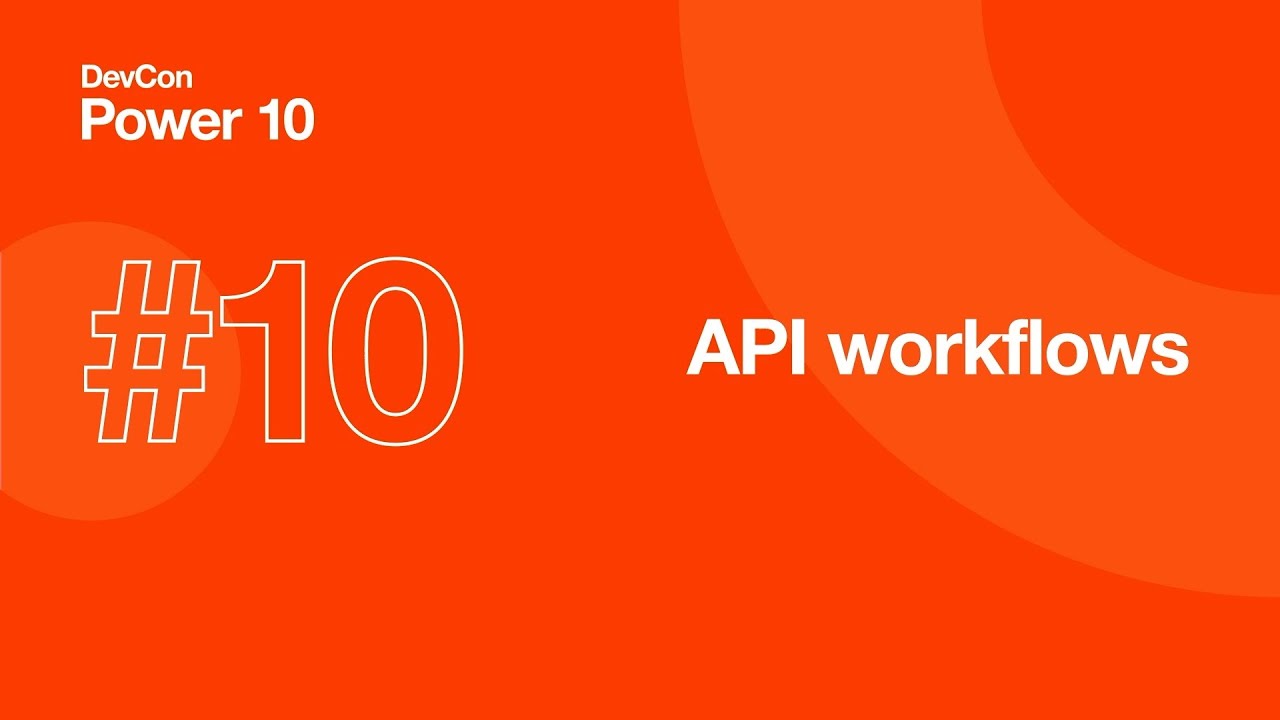We’re excited to announce the release of UiPath API Workflows to all Community users, a major step in enabling APIs as the backbone of agentic automation and unlocking powerful system-to-system integration scenarios.
What’s included:
![]() A purpose-built design experience for data sync, composite services, and multi-step API logic
A purpose-built design experience for data sync, composite services, and multi-step API logic
![]() A lightweight, serverless runtime for fast, scalable, zero-touch execution
A lightweight, serverless runtime for fast, scalable, zero-touch execution
![]() Support for agentic patterns — enabling orchestration with Maestro and Agents
Support for agentic patterns — enabling orchestration with Maestro and Agents
What are API workflows?
API workflows are composite services purpose-built for API integration use cases. They let you define deterministic logic to manage and safeguard interactions with critical business systems and data. Designed for system-to-system communication, API workflows allow for transformation, validation, and orchestration of API payloads using a dedicated design-time and runtime experience.
Developed with automation developers in mind, this new capability empowers you to:
- Visually chain API calls with fine-grained control and data manipulation
- Use JavaScript Expressions to transform data within the workflow
- Pre-built and custom connectors facilitating API interactions to common systems
- Leverage raw HTTP calls for deep integration scenarios or custom APIs
- Control Activities for decision- and validation logic throughout your workflows
- Input and output schemas to allow internal or external consumption.
Workflows are built in Studio Web, using a purpose-built canvas for API integration use cases. Once published, they are executed as a serverless function through Orchestrator - eliminating the need for infrastructure management and unlocking dynamic scalability out of the box.
API workflows aren’t just automations; they’re composable services that can encapsulate complex, deterministic logic and expose it through APIs, triggered by events from third-party apps, internal systems, or consume anywhere across the UiPath Platform.
Want to see UiPath API Workflows in action? Check out the demo below:
Real-world use cases
API Workflows are ideal if you want to:
- Keep data consistent across systems: ensure data synchronization across applications, reducing manual reconciliation and data inconsistencies. For example:
- Sync customer profiles between Salesforce, Zendesk, and internal CRM tools.
- Align financial records between billing systems and ERPs like NetSuite or SAP.
- Automate multi-step processes: build integrations that span multiple systems and require complex logic. For example:
- Capture leads from marketing tools, create CRM entries, and notify via Slack.
- Fulfill e-commerce orders by verifying inventory and confirming payments.
- Automate employee onboarding across HR, IT, and communication tools.
- Compose and expose services as APIs: abstract complex data logic and workflows behind a clean, reusable endpoint. For example:
- Combine customer data from CRM, transaction systems, and support platforms.
- Aggregate inventory, license status, and promotions into a unified API.
- Create secure, filtered views of sensitive HRIS data for downstream use.
When you pair API Workflows with other UiPath capabilities such as Maestro and Agents, they unlock even more sophisticated orchestration and agentic patterns to make your automations smarter, faster, and more connected than ever.
How can you get started? If you’re running the Community version of UiPath Automation Cloud, head to Studio Web to try it out right now. Otherwise, stay tuned for when API Workflows will be generally available - we will follow up with an announcement soon.
If you have any questions or run into any issues, please leave a comment below and our Product & Engineering team will reply as soon as possible.
We can’t wait for you to try out API Workflows, and we look forward to hearing what you’re planning to build using API automation!
Thank you!
